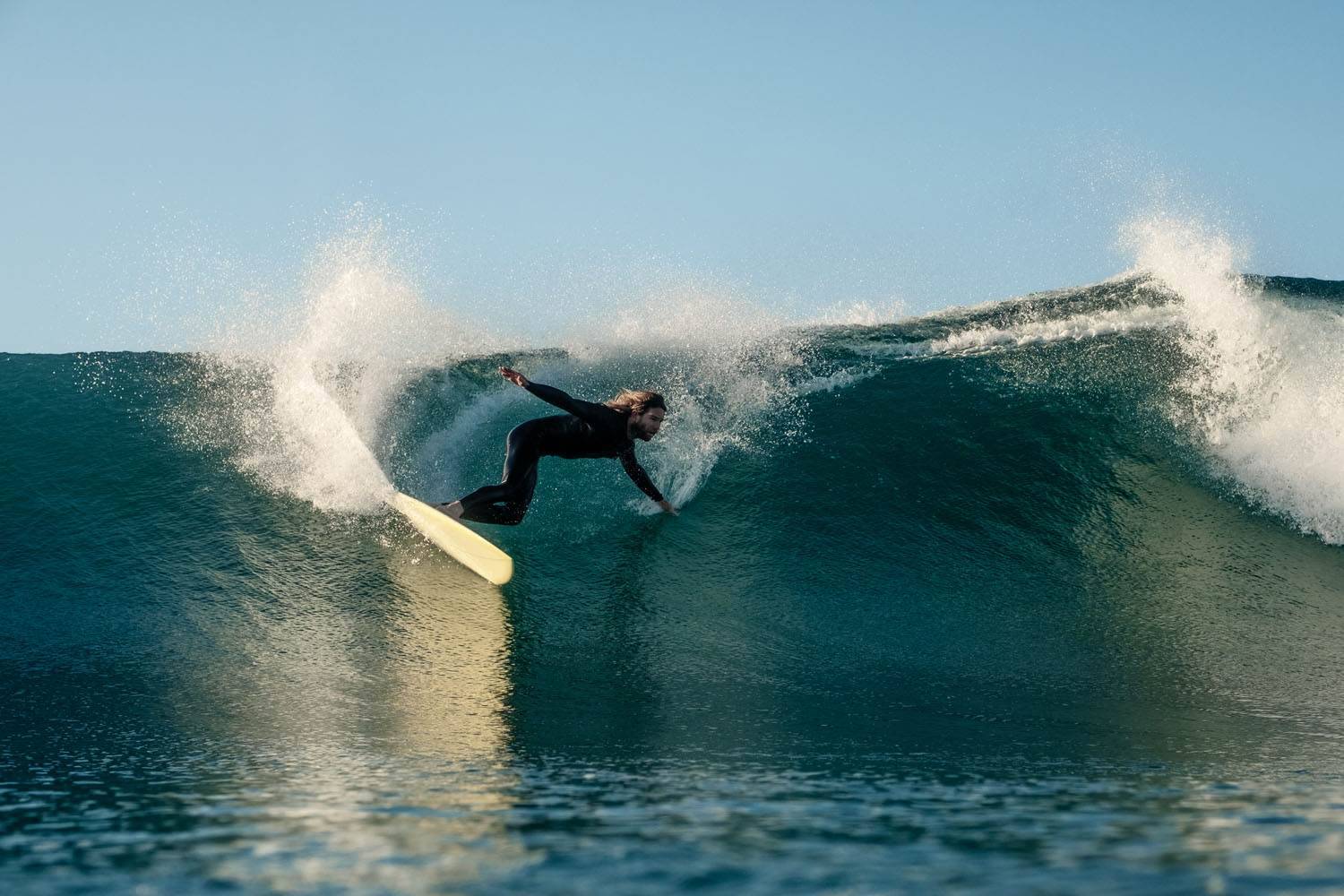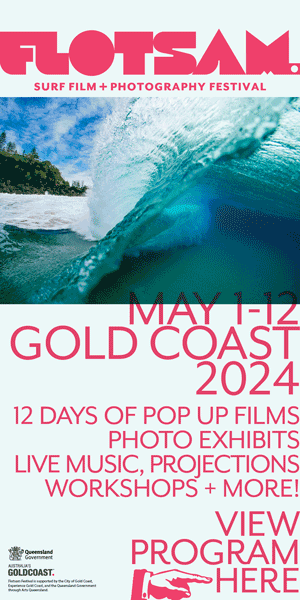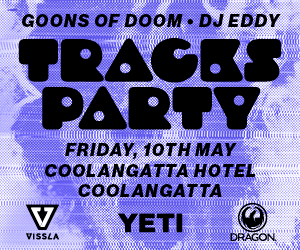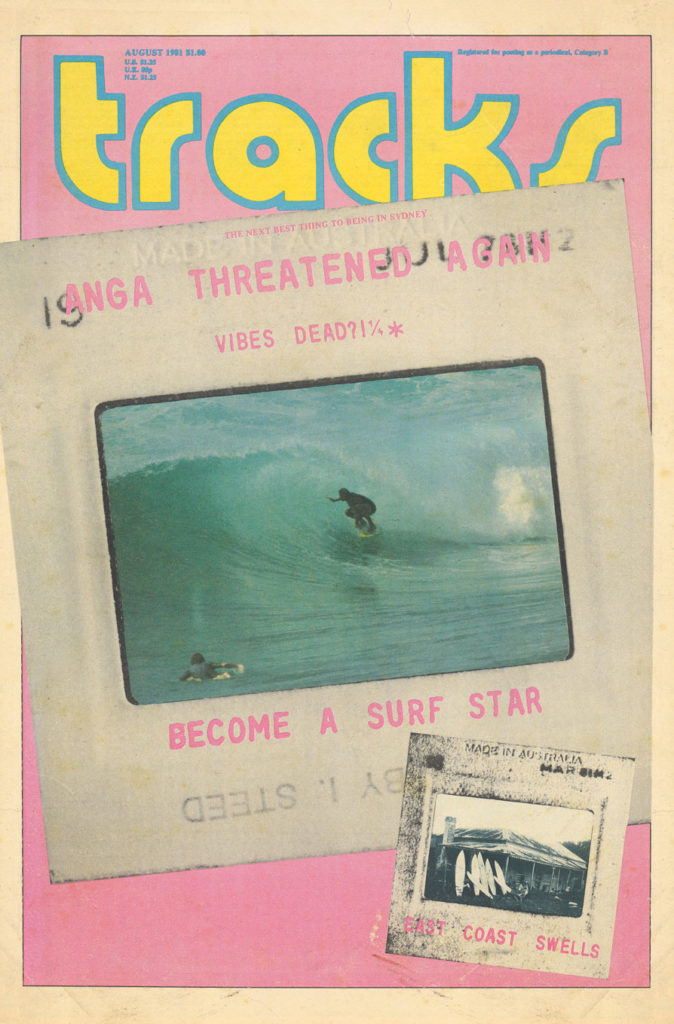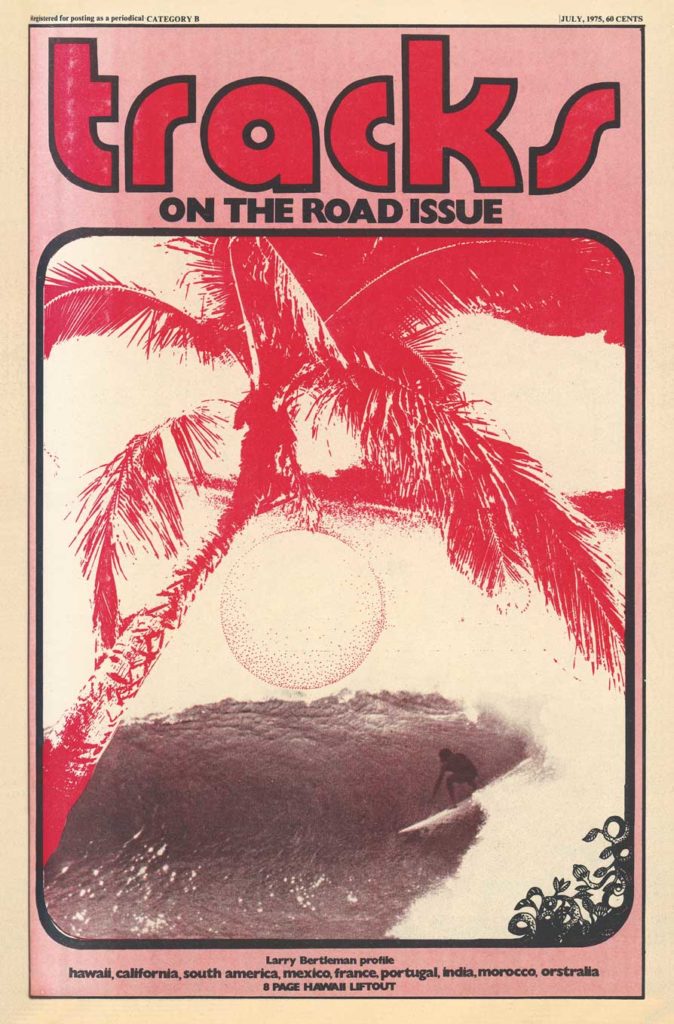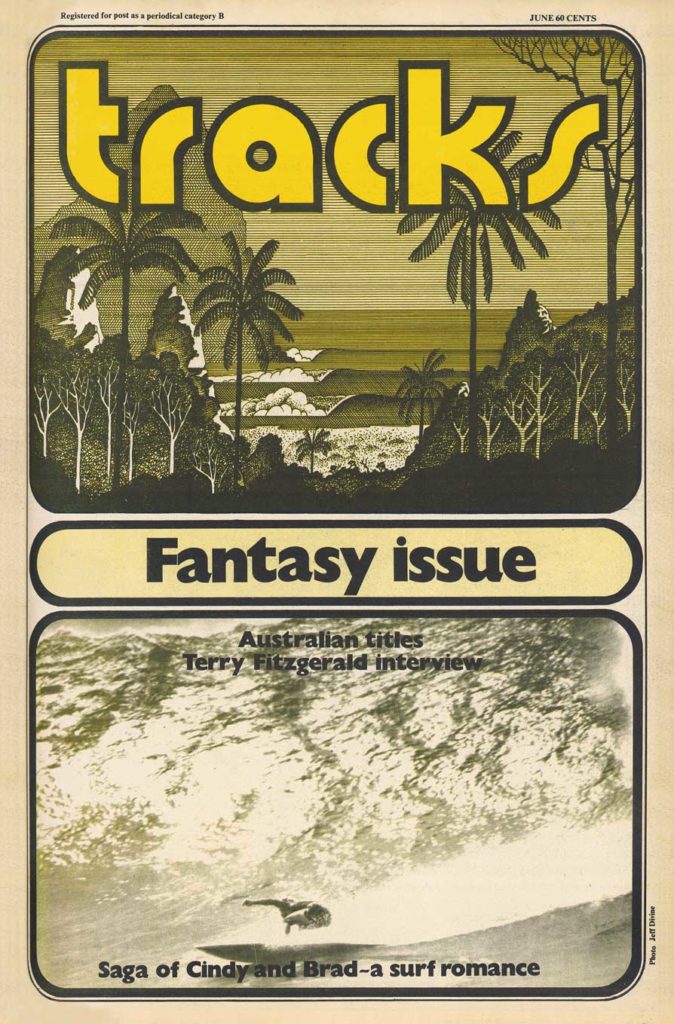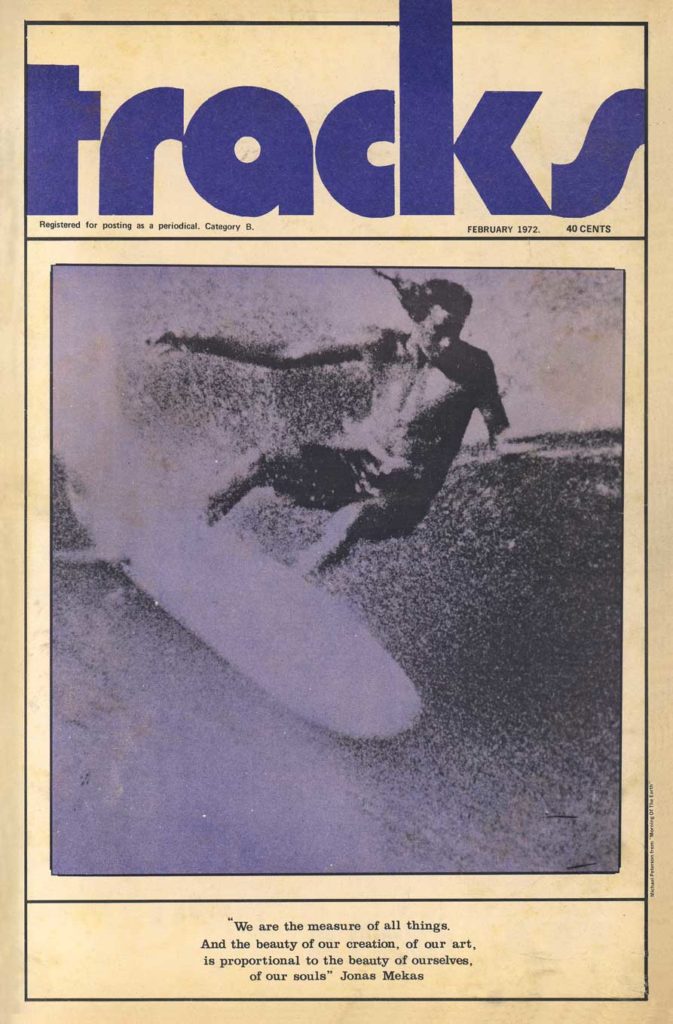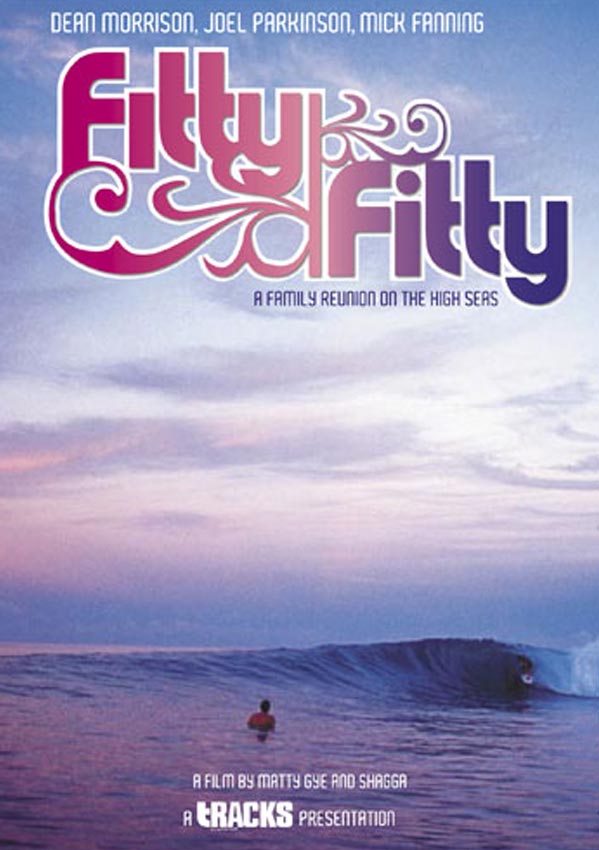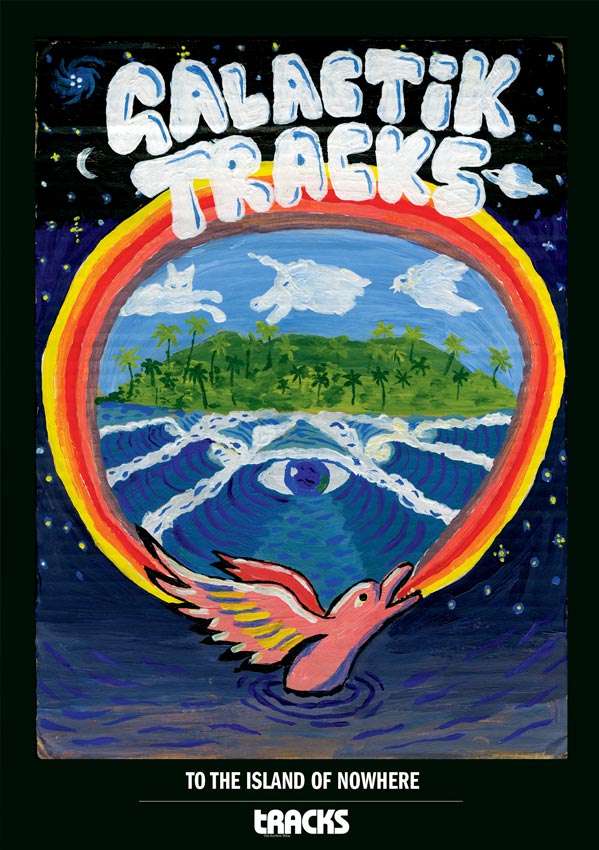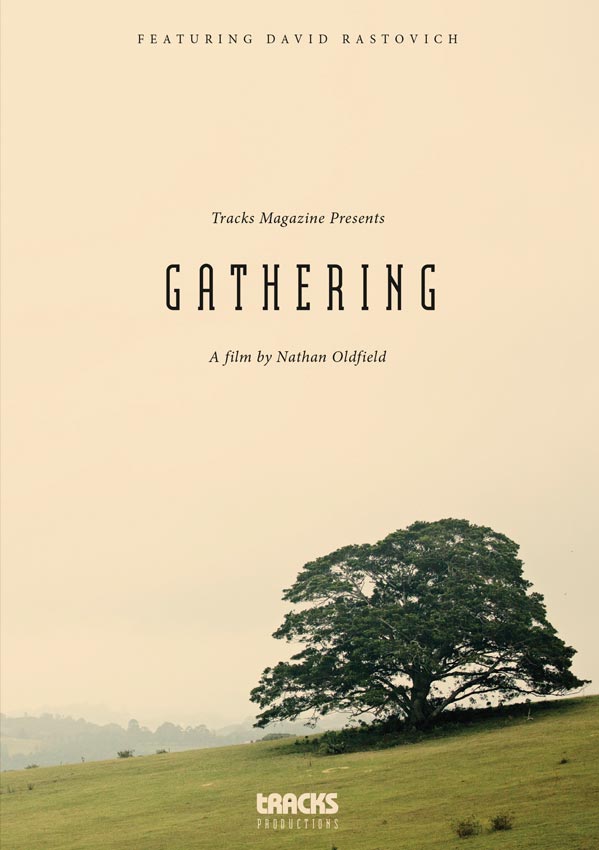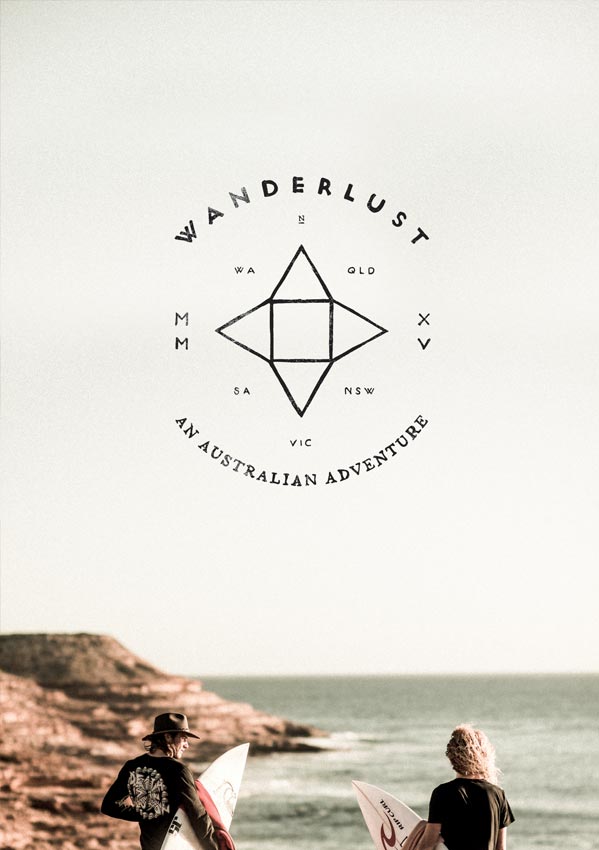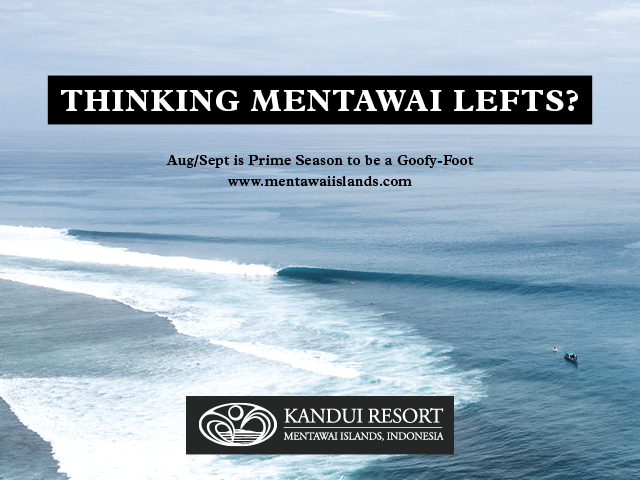Surfing has evolved a great deal since its spiritual genesis in Hawaii, and while some of those original philosophies remain, others are no longer central to the modern, everyday surfing experience. In the first chapter of Nat Young’s new book, The Church of the Open Sky, he states emphatically that surfing is not a sport.
“I have never thought of surfing as a sport” writes Young. “Not a traditional sport anyway. It’s not something you do casually, like playing a round of golf with your mates on the weekends. It’s much more of a drug, a lifestyle, a religion.”
If that’s the case, as our species manoeuvres its way into the Olympic arena, I wonder, have we lost our way?
Historically, Nat tells us, surfing in Hawaii was a daily ritual called he’e nalu. The English translation for he’e is ‘transforming from solid form to liquid form’, while nalu refers to the motion of a wave. The translation has strong artistic connotations, evoking the fluidity of dance. Beyond its transformative qualities though, surfing was also done for simple enjoyment, and to bring communities together. Contests were originally called ‘meets’ because they were about getting together with your tribe and doing what you love.
Surfing was brought to the American mainland in 1885, when three brothers of Hawaiian royalty paddled out at Santa Cruz and put on a demonstration of wave-riding. The press covered the ‘exhibition’, and indeed, it was that. Americans were fascinated by what they saw, and for a time, this new form of bodily movement defied a genre. According to Nat Young, surfing found itself at an early and fateful juncture:
“No one understood what it really was,” writes Young. “Then the media stepped in, and, trying to classify the activity, labelled surfing a ‘sport’…. The media’s ‘sport’ label was more or less adopted by society and has lasted until this day in the mainstream. But surfing could have gone in another direction very easily,” suggests Nat. “I think surfing has all the ingredients to qualify as an art form…”
While some would argue, as Nat does, that competition surfing was ‘the final blow to the art of surfing’, others would argue that competition takes the art form into new and uncharted territory. The motivating factor of a rival competitor, or the allure of prize money and success should not be underestimated. These are often the ingredients that spur professionals of all kinds to begin pushing the boundaries. But when competition surfing developed along with its own set of judging criteria, perhaps it also introduced a new set of limitations to the way we approach waves.
As a grom learning to surf in the early 2000s, I was coached in the typical manner – our sessions were videoed and afterwards we watched the sessions back, studying each turn in slow-motion. We learnt the correct techniques, we learnt to lead with our arms, to complete an arc, to squeeze as many turns into each wave as possible, because repetition was key. Absolutely, I am a better surfer for those lessons. But am I a less creative one? Maybe. When there is a correct (and therefore incorrect) way to perform a manoeuvre or approach a wave, mightn’t that stifle our potential for artistic expression and creative thinking?
Facilities like the Hurley High Performance Centre on the Tweed Coast have sprung up in recent years, offering a clinical approach to surf training. Some might argue the HPC is a production line of sorts, manufacturing young surfers who are technically proficient but creatively and stylistically homogenous. On the other hand, if surfing is much like dancing, as William Finnegan writes in the foreword to Nat Young’s book, then technique is a key component to a masterful routine. Just because a ballet dancer has perfected her technique, it doesn’t take away from the artistry of her movement. I can’t help wondering though, what surfing would look like today if, at the crossroads of the late 19th century, surfing had taken the alternate route.
Throughout Young’s book there is a double mindedness in regard to surfing. For Nat, surfing is a quasi-religious experience, and the dance is part of the way we worship. Yet competition has played a significant role in his life – he has built a great career out of it. As someone who has straddled both worlds, he seems pretty certain about which one he belongs to now. In this book, he wants to get to the core of what we do as surfers. He wants to know what this thing – this exhibition, this dance, this sport – is really about. Like many art forms, surfing can take you outside of yourself. As Tom Blake famously said, “… it takes you to the greatest church of all, the open sea and the open sky.”

